This article initially appeared on eastpendulum.com, a French-language blog about the Chinese military and aerospace industry
On November 24th, 2017, a Chinese CZ-2C rocket launched a trio of spy satellites. The payload was designated Yaogan-30-02, and was injected into a 600km orbit with a 35° inclination.

Although China is relatively open about its military launches, not much is known about the Yaogan-30 satellites, which are a new addition to the Chinese reconnaissance system. On September 29, 2017, a first trio was launched in a similar orbit, under the designation Yaogan-30-01. China described the purpose of the satellites as being to “carry out technological experiments on electromagnetic environments“, which sounds like an euphemism for signal intelligence.
Indeed, satellite triplets are often used for signal intelligence, for instance in the American NOSS constellation or China’s own Yaogan-16, -17, -20 and -25 triplets. The advantage of a triplet is that satellites flying in a relatively close formation, separated by tens of kilometers, can triangulate and precisely pinpoint the source of an electromagnetic signal, which is harder for a single satellite.
However, the Yaogan-30-01 satellites are not flying in formation:

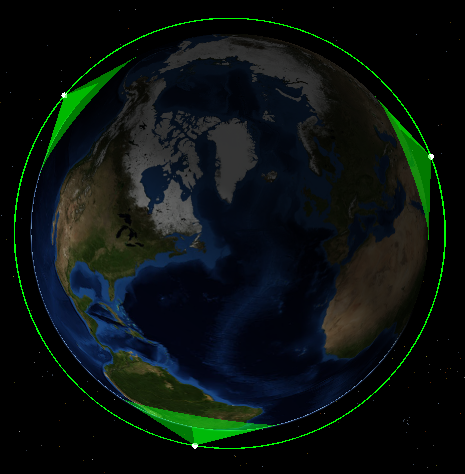
These images show that the Yaogan-30-01 trio has split up and the satellites have been phased 120° apart. As others have realized, this is too far away for triangulating signals, since the satellites are not even in line of sight of each other. However, it corresponds to what is expected when seeking to maximize revisit with 3 satellites.
Besides, the orbital altitude is low for signal intelligence satellites: usually, they are placed in relatively high orbits around 1000km, to increase their coverage. On the other hand, imaging satellites are placed low, to improve their resolution while keeping an acceptable coverage. So the signal intelligence nature of the Yaogan-30 constellation can be put in doubt: the best evidence for it are the official pictures and statements, which could be disinformation. The satellites could very well be small optical satellites dedicated to high revisit.
What can also been seen in the first image is that because of their low inclination, the satellites have a good coverage of the Pacific, India, China, North Korea and even Japan, but the most northern and southern parts of the globe are not covered: the satellites spend their time in the band of latitudes relevant to Chinese national security concerns.
But back to the recently-launched Yaogan-30-02 trio:
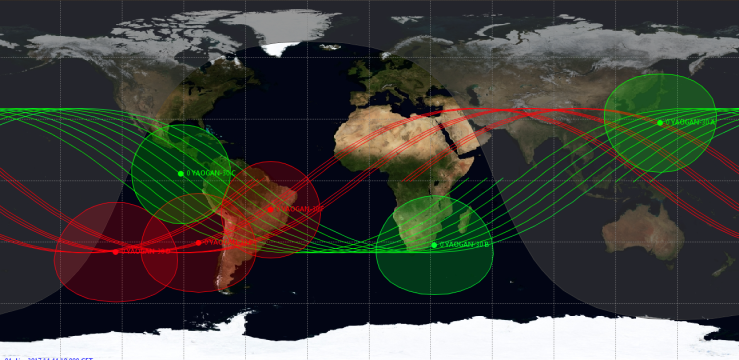

The recent orbital data for Yaogan-30-02 shows that the satellites have started to drift apart from each other. They are already too far away for standard SIGINT formation flight, and in all likelihood will continue to drift until they are phased 120° apart, like on the previous launch. This will double the revisit rate provided by the Yaogan-30 constellation. Using Marco Langbroek’s TLE from proxy tool, the final orbits can be determined:

This is starting to look a lot like a high-revisit smallsat constellation, like the one DARPA wanted to build. Even more so when rumours of the launch of a third trio are taken into account. With 9 satellites, the constellation would have extremely high revisit:
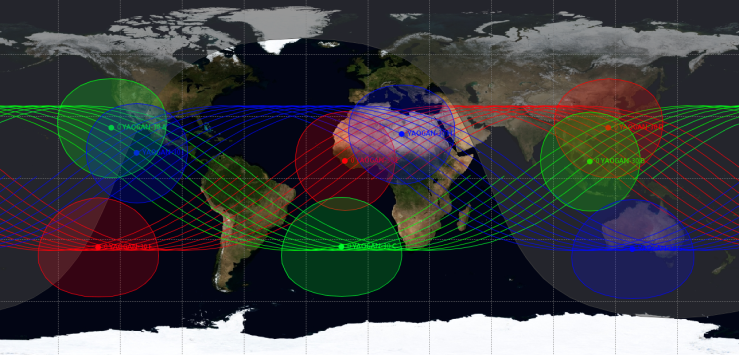
With such a constellation, up to 19 passes per 24h over Taipei (the capital of Taiwan, located at 25° North) are available. And all of those are with less than 45° look angle, ie they are relatively close to vertical are are exploitable for an imaging satellite. When passes up to 85° off-vertical -which is still exploitable by signal intelligence satellites- are allowed, there are up to 54 passes per 24h, and gaps in coverage are 22 minutes long. So there is an almost continuous coverage.
In conclusion, the Chinese are building a high-revisit constellation, in all likelihood for tactical use. Official statements point to it being a signal intelligence constellation. In that case it would provide near-continuous coverage of regions around 30° North. If on the other hand, it actually is an imaging constellation, it would still have an extremely high revisit rate over the same regions. Either way, it will provide a significant advantage in military operations.
26 October 2019 Update: As predicted, the third plane of 3 satellites has been launched and phased in the expected orbit. Two additional trios of satellites have also been launched, the Yaogan-30-04 in the same plane as Yaogan-30-01 and Yaogan-30-05 in a new plane. There are now 15 satellites in total.
Interestingly, although they have had time to phase, the Yaogan-30-04 satellites are not phased 120° apart. Instead, they have been positioned at equal intervals between two Yaogan-30-03 satellites, probably to provide around 40 minutes of uninterrupted coverage:
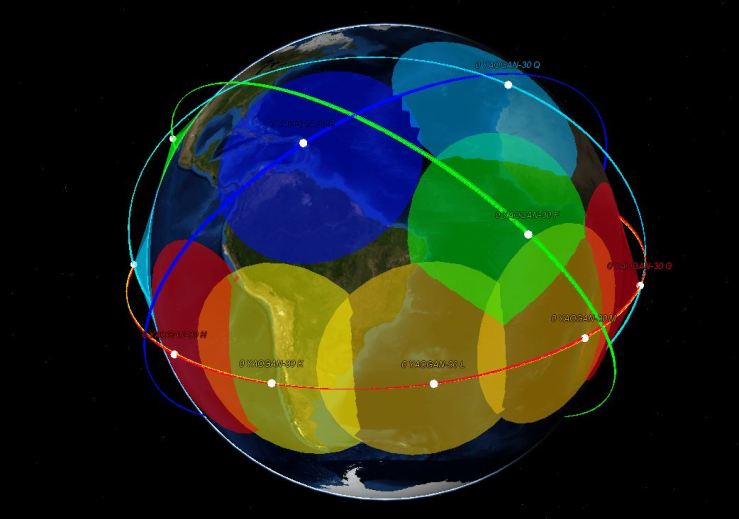
Here is a gif of the ground track of the constellation:
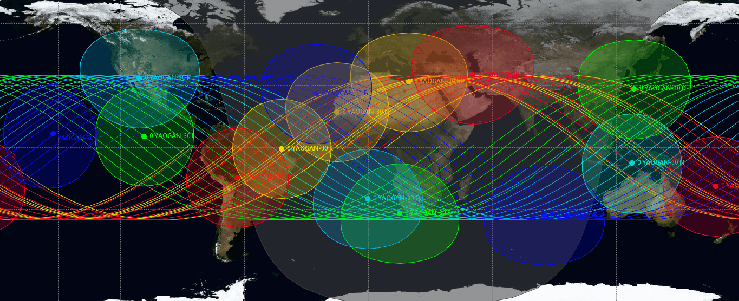
A more in-depth analysis is available there.


[…] with the first satellites launched in 2017. It is probably an ELINT constellation. I dedicated a separate article to […]
LikeLike
Reblogged this on RevJamesBJones.
LikeLike
[…] On November 24th, 2017, a Chinese CZ-2C rocket launched a trio of spy satellites. The payload was designated Yaogan-30-02, and was injected into a 600 km orbit with a 35° inclination. Source1 Source2 […]
LikeLike
[…] few years ago, I wrote about the Yaogan-30 constellation, which is made out of Chinese military satellites in Low […]
LikeLike
[…] 5) SatelliteObservation.net: https://satelliteobservation.net/2017/12/03/the-yaogan-30-high-revisit-constellation/5) Space.com: https://www.space.com/china-long-march-2c-yaogan-satellites-launch-success.html6) […]
LikeLike
[…] SatelliteObservation.net: https://satelliteobservation.net/2017/12/03/the-yaogan-30-high-revisit-constellation/5) Space.com: https://www.space.com/china-long-march-2c-yaogan-satellites-launch-success.html6) […]
LikeLike
[…] the first satellites launched in 2017. It is probably an ELINT constellation. I dedicated separate articles to […]
LikeLike
[…] Chinese Yaogan-30 constellation has already been the topic of two previous articles, but this one is probably the last: with the launch of the seventh trio of satellites, the […]
LikeLike